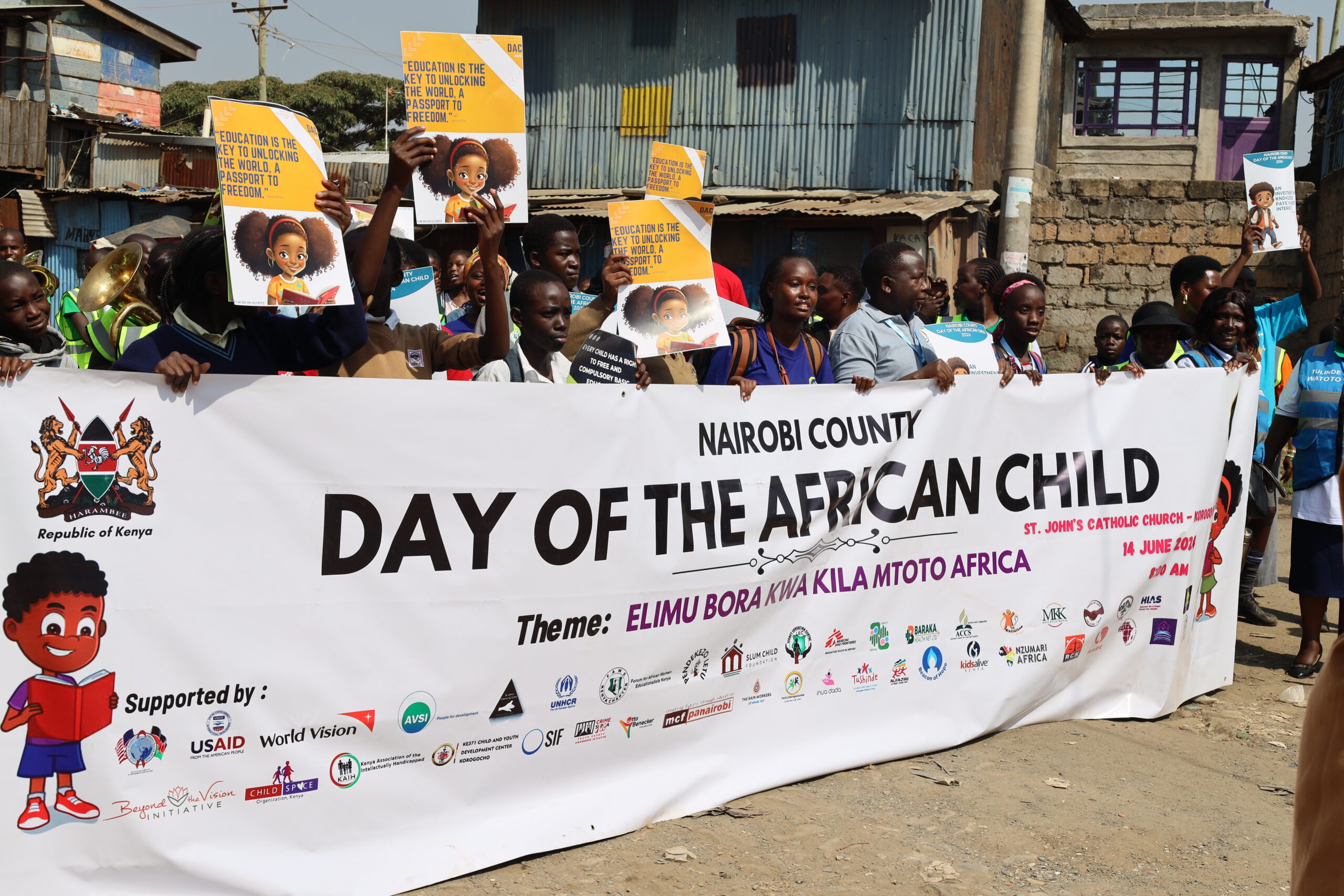By Martha Muhwezi
Executive Director FAWE Africa
Amidst the recent announcement of school closure in Kenya following the devastating floods, it’s evident that climate change-induced disasters pose significant challenges, particularly for vulnerable populations like girls and women. The impacts are profound, disrupting education and exacerbating existing inequalities.
Climate change has led to extreme weather conditions resulting in flooding, and extreme heat waves in Africa, with girls and women being disproportionally affected. The education of 75 million children is often interrupted annually, and at least 12.5 million girls in 30 climate-vulnerable countries – twenty-two of which are in Africa, affected. Moreover, approximately 200 million adolescent girls living in poverty face increased risk from disasters (World Bank, 2022). Countries are still reeling from the effects of the COVID-19 Pandemic. The raging floods and disruptions to the school calendar in Kenya could further worsen the situation, especially for girls.
In 2019, Malawi, Comoros, Mozambique, and Zimbabwe were affected by two of the most extreme cyclones. Malawi declared a state of drought in 23 of its 28 districts, with a similar declaration made in Zambia in 2024. In 2020 floods resulted in the displacement of thousands of people in Nigeria and Guinea with children staying out of school for an extended period. Approximately 116 schools were destroyed in Niger and Sudan alone within two months resulting in school closures.
The disruption of schooling not only affects academic progress but also exposes girls to heightened risks, including exploitation and violence. Safe spaces provided by schools play a crucial role in protecting girls and empowering them with knowledge of their rights. Thus, any measures to safeguard communities must prioritize the continuity of education, especially for marginalized groups.
The COVID-19 pandemic highlighted the consequences of prolonged school closures, with increased teenage pregnancies and gender-based violence in several African countries. Addressing these challenges requires a concerted effort to tackle underlying gender inequalities and ensure access to essential services, including Sexual and Reproductive Health and Rights (SRHR).
While governments have initiated remote learning initiatives during crises, more inclusive approaches are needed to reach all learners, particularly those in marginalized communities. This includes providing access to digital resources and addressing barriers such as poverty and lack of infrastructure.
Disaster preparedness should be a collective effort involving multiple stakeholders. Meteorological agencies play a crucial role in early warning systems, while ministries of health are instrumental in ensuring the well-being of communities during emergencies.
Education systems must be resilient and adaptable, incorporating disaster risk reduction measures and gender-responsive pedagogies. Empowering teachers with the necessary training and resources is essential for maintaining continuity of learning and safeguarding students.
Community engagement is also paramount, leveraging existing structures and resources to mitigate risks and promote resilience. Initiatives like ‘Nyumba Kumi’ and mother’s clubs provide valuable support networks and avenues for awareness-raising on issues like violence prevention.
Moving forward, there’s a need for comprehensive, gender-responsive contingency plans to address future disruptions effectively. Investments in emergency response should prioritize the needs of vulnerable groups, ensuring no one is left behind.
As we confront the recurring cycle of disasters in Africa, proactive measures and collaborative efforts are imperative. By prioritizing education, equity, and resilience, we can better prepare for and mitigate the impacts of future crises on our communities.
The fundamental question we must all ponder is: How can we proactively prevent or mitigate recurring disasters in Africa, considering their persistent occurrence year after year?”
“Extending Solace to Those Affected by Floods in Kenya and Beyond”






Leave A Comment